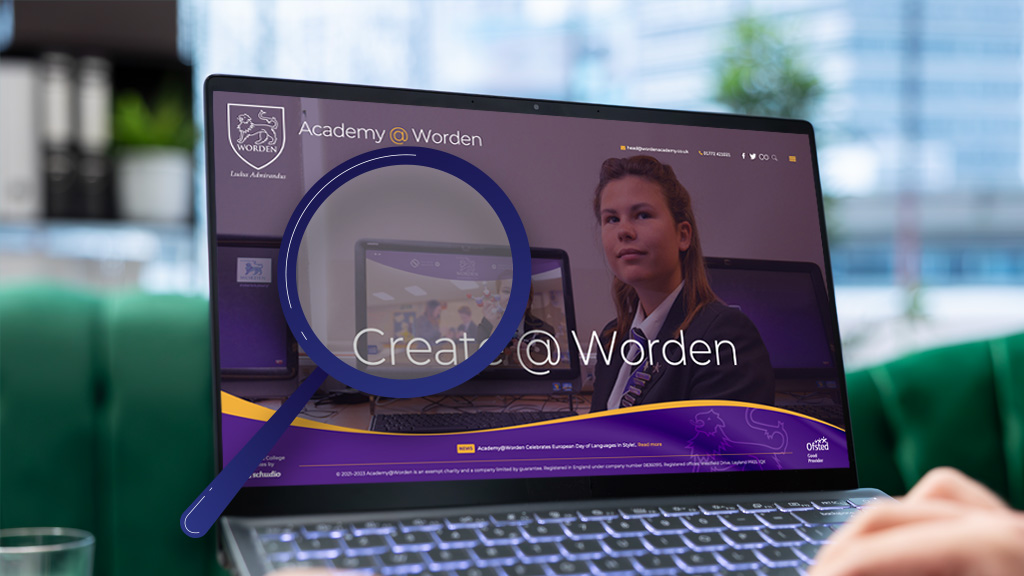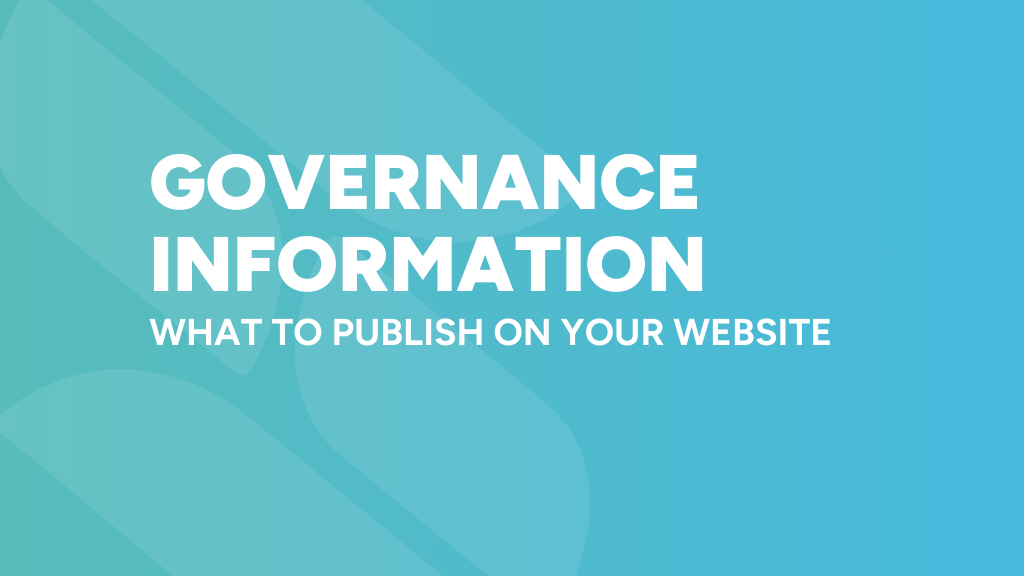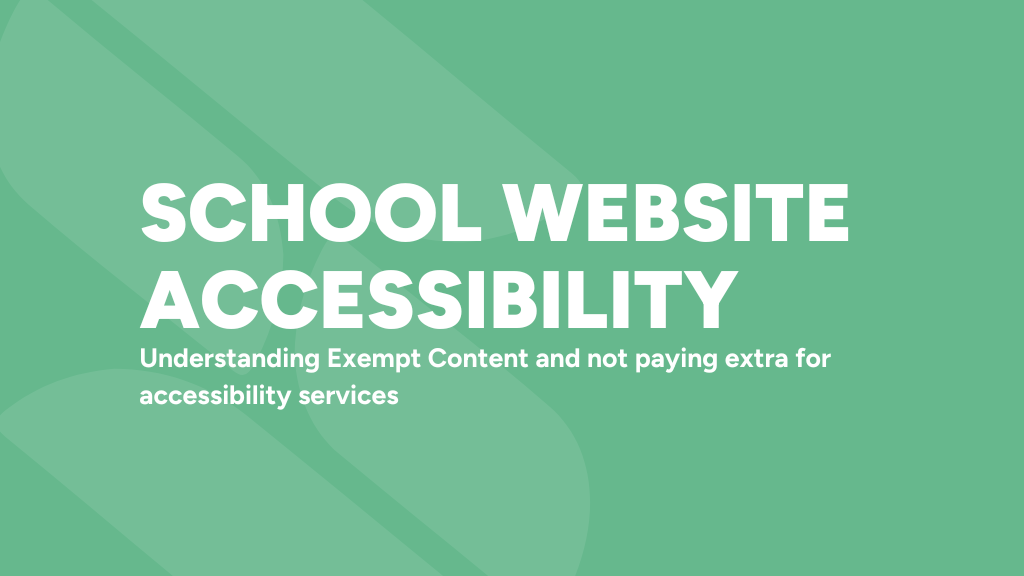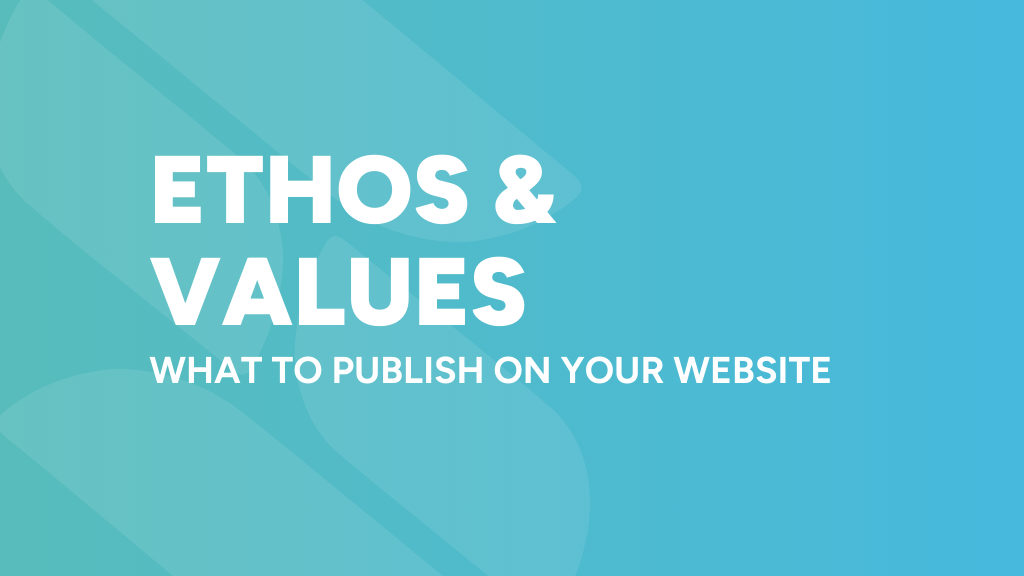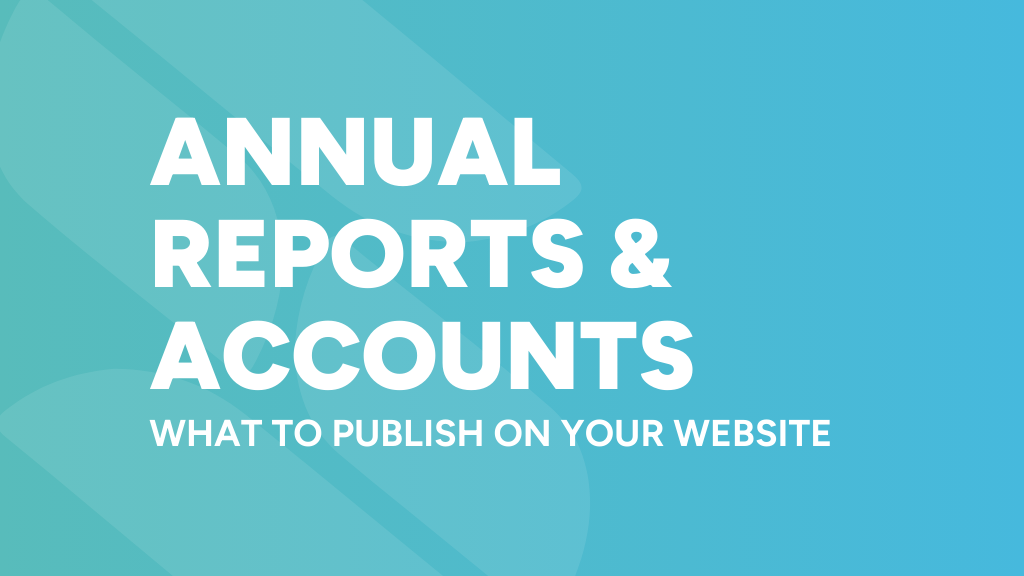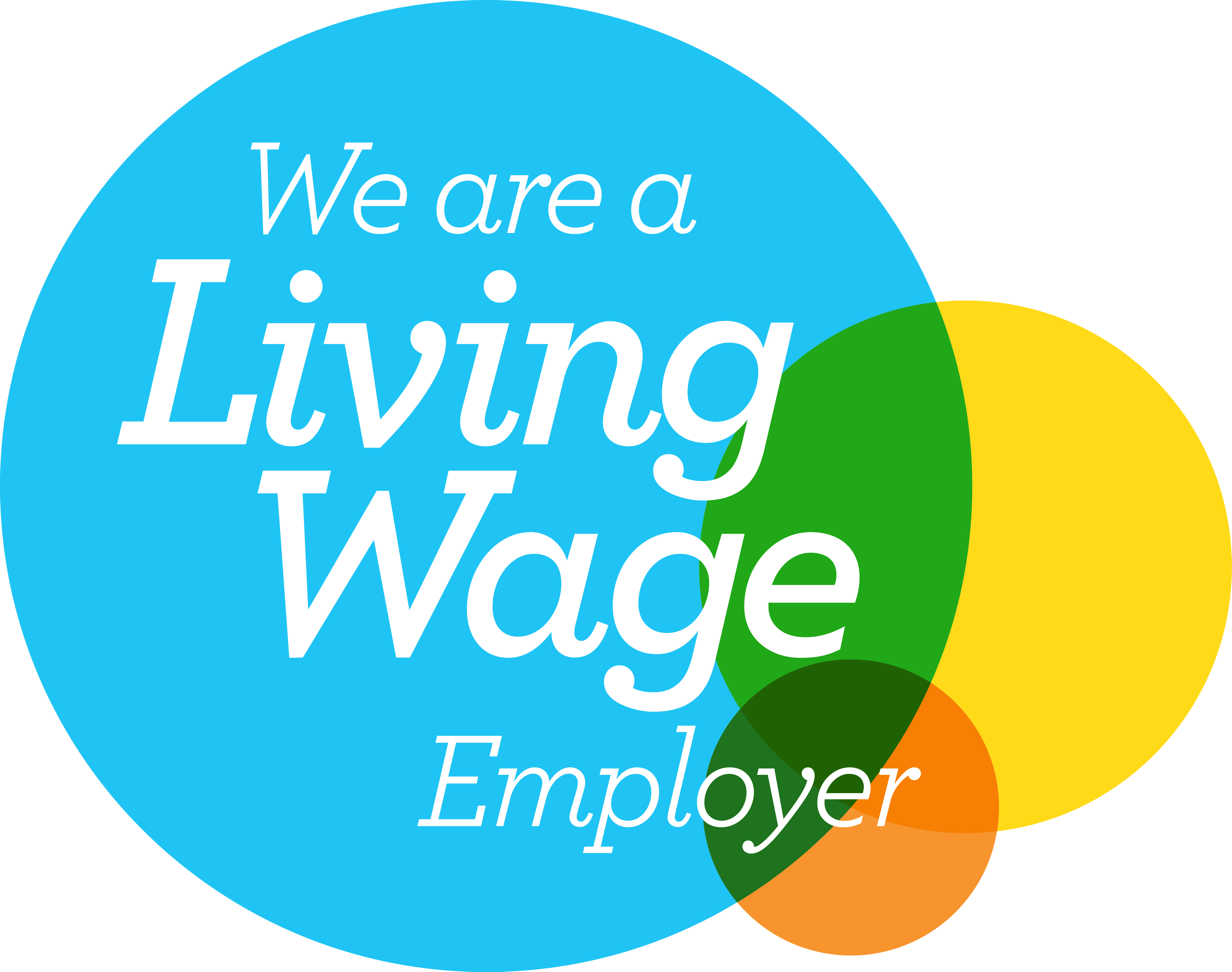Year 7 Catch Up Premium and Your School Website
Year 7 Catch Up Premium and Your School Website
Year 7 Catch Up Premium and Your School Website

The year 7 catch up premium remains part of the statutory guidance published by the DfE. The statutory guidance outlines the information that should be published on your school website. See the full details of what should be included on your school website in our school website requirements guide. Of course, this means publishing details for your year 7 catch up premium 2018-19 is a priority. It needs to happen sooner rather than later, as we are already well into the next academic year.
There is one thing that may cause difficulty in producing your 2018-19 year 7 catch up premium spending information. At the start of the academic year, there is a lack of detail around the actual funding itself. This information does not seem to have been confirmed yet. Although the general consensus is that the rate of funding will be roughly the same as the year before. It is also expected that the funding will be delivered at a similar time of year (March 2019).
Some schools have already published their year 7 catch up premium 2018-19 reports. And these published reports have used projected or expected figures.
It’s in the name – but this funding premium is only eligible for schools with year 7 students. If your school doesn’t have year 7 students, then there’s no funding, and no report to write.
What is year 7 catch up premium?
The funding is designed to further support students who did not achieve the expected standard in reading or maths in their key stage 2 (KS2) assessments. The year 7 catch up premium 2018-19 should not be any different to this. Funding is also expected to be at roughly the same level (around £500 per pupil). All state-funded schools with year 7 pupils are eligible for year 7 catch up premium. Including special schools and alternative provision settings.
Spending year 7 catch up premium 2018-19?
The DfE website provides a helpful section on how to use the catch up premium, and this should be reviewed to ensure your school spending is in line with the latest guidance. The onus is very much on the school to select programmes and strategies that are known to be effective. This effectiveness will need to be measured as you report on your spending as part of your statutory requirements.
Reporting your year 7 catch up premium 2018-19
The year 7 catch up premium requirement is made up of two different sides. What you are going to do, and what you have already done. But first of all a note to the type of school you are.
School Type – Maintained, Academies and Free Schools
There is a slight difference in the way the reporting must be done for maintained schools vs academies and free schools.
- Maintained Schools
Maintained schools should report year 7 catch-up premium funding for the current and previous academic years. - Academies and Free Schools
Academies and Free schools should report year 7 catch-up premium funding for the current and previous financial years.
Step 1 – Start with last year
It may be helpful to start with what has already been done, especially when the amount of funding isn’t available. A big part of the report should be focused on in this second section. Make sure you include;
- What the funding was spent on for the previous year (Academic/Financial – see School Type section above)
- How the funding made a difference to the attainment of the students who attracted it.
Hopefully, you are already in a position to write this part of the report. You already know the details for last year’s spending, and the impact on attainment was impacted post year 7 assessment. Remember keeping last year’s year 7 catch up premium report on the website won’t meet the requirements. It won’t include any information about how effective the previous year’s spending was.
Step 2 – The plan for next year
Without the full funding details, there are two best options to proceed with.
a) If you don’t yet have the confirmed funding details your plan is likely based on expected or anticipated funding. It’s fine to report on this. Just make sure when you advise within your report that these numbers are based on the expected level of funding, and keep a lookout for when the full funding information is released for the new academic year. It should just be a quick job to update the report from the expected to the actual figure (with the level of funding likely to remain the same).
b) However, if you aren’t comfortable with publishing the plan using expected funding it’s still worth writing and publishing the section of the report we’ve detailed ‘Step 1’. If you do publish that element of the report in isolation we’d recommend adding a line to that report explaining the additional details are to be released when funding is confirmed. At least that way if your school has an inspection you can show you are aware and are awaiting the correct information before publishing.
For both option a and b you will need to publish
- The funding allocation received for the current year (Academic/Financial – see School Type section above)
- How you plan to use your funding
Examples of Year 7 Catch-Up Premium on School Websites
Compliance and Beyond
When the updated funding information is available to make sure to update your report with the correct figures. Or add the plan for next year information to your initial version of the report. Make sure you’ve completed the following points and be confident your report is complete and compliant
- Include both complete steps of the report and add to the website
- Mark requirements as complete in your website audit tool of choice
(We’d recommend the Schudio website auditor to help manage your compliance) - Set a reminder to update this document based on your review schedule – usually around the start of the new academic year for this document
(If you’re a Schudio client and aren’t sure how to do this in our software just get in touch and we can help)





